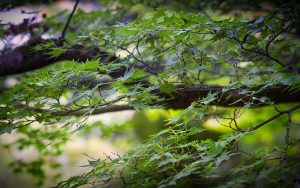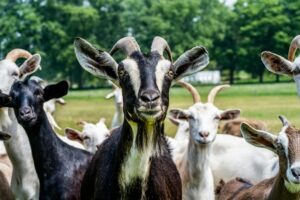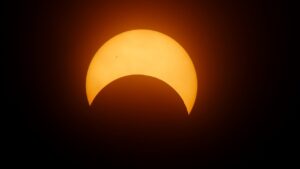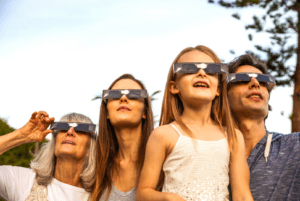Butterflies in the Garden has returned with more colors, more flutters and more magic! Plan your visit with your family with our Field Guide–then play Pollinator Bingo and learn how insects use camouflage to stay safe.
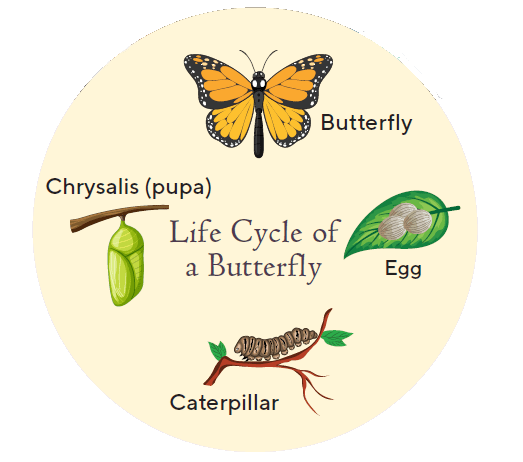
Butterflies 101: The Butterfly Life Cycle
Egg – A female butterfly begins the cycle by laying eggs on plant leaves or stems, where caterpillars develop. The eggs, diverse in shape and texture, may hatch in a few weeks or wait for warmer weather, depending on the butterfly species.
Caterpillar – After shedding its skin, the caterpillar dives into the outside world, devouring its eggshell and feasting on host plant leaves. Shedding its skin multiple times, it undergoes incredible growth, becoming over 100 times larger than its initial size.

Chrysalis (pupa) – After reaching full size, the caterpillar transforms into a pupa, often on twigs or concealed spots near its host plant. In this protective casing, lasting weeks to months, the caterpillar undergoes a miraculous metamorphosis.
Butterfly – When the butterfly is ready to emerge, it breaks free from the pupal case. Afterward, it patiently waits for its wings to dry, pumping hemolymph (a blood-like substance) to make them strong, before taking flight in search of flowers and potential mates.

Did You Know?
Butterflies can SEE ultraviolet (UV) light and perceive hidden patterns on flowers that humans cannot detect with our limited vision.
Butterflies flap their wings about FIVE TIMES every second.
There are around 17,500 species of butterflies. Butterflies SMELL their food with their feet using specialized sensors called chemoreceptors.
Butterflies are COLD-BLOODED and cannot fly if their body temperature is under 86˚ F.
Some male butterflies have HEART-LIKE structures in their wings that pump hemolymph (a blood-like substance).
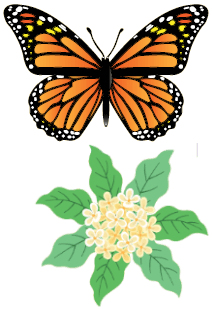
Say Howdy to Native Texas Butterflies
You’ll see both native and exotic butterflies at Butterflies in the Garden. Many native butterflies rely on particular flowers or trees to grow and thrive. Did you know that if you plant these flowers, you might see these butterflies around your home?
For example, monarch butterflies only lay their eggs on milkweed plants–and monarch caterpillars only eat milkweed leaves. Can you imagine only eating one food your entire life?

How Many Can You Find?
These are some of the tropical butterflies that you’ll see fluttering in the Rainforest Conservatory. How many can you spot? (Don’t feel bad if you can’t find them all–not all butterflies are around every day.) What’s your favorite?
Want to Learn More?
We’ve found some activities you can enjoy as a family to learn more about butterflies and other pollinators (insects or animals that spread pollen from plant to plant.)
Butterflies and Moths: Camouflage!
Some butterflies have bright, jewel-like colors, but others have colors and patterns on their wings that help them hide from predators like birds and lizards. In this activity, you’ll learn all about different types of camouflage and create your own camouflage design.
Different pollinators such as butterflies, bees, moths and bats prefer to visit different kinds of plants. On your next visit to the Garden or another place with lots of flowers, print out this Pollinator Bingo page and carefully observe to see which pollinators prefer which plants.
We look forward to seeing you at Butterflies in the Garden!


